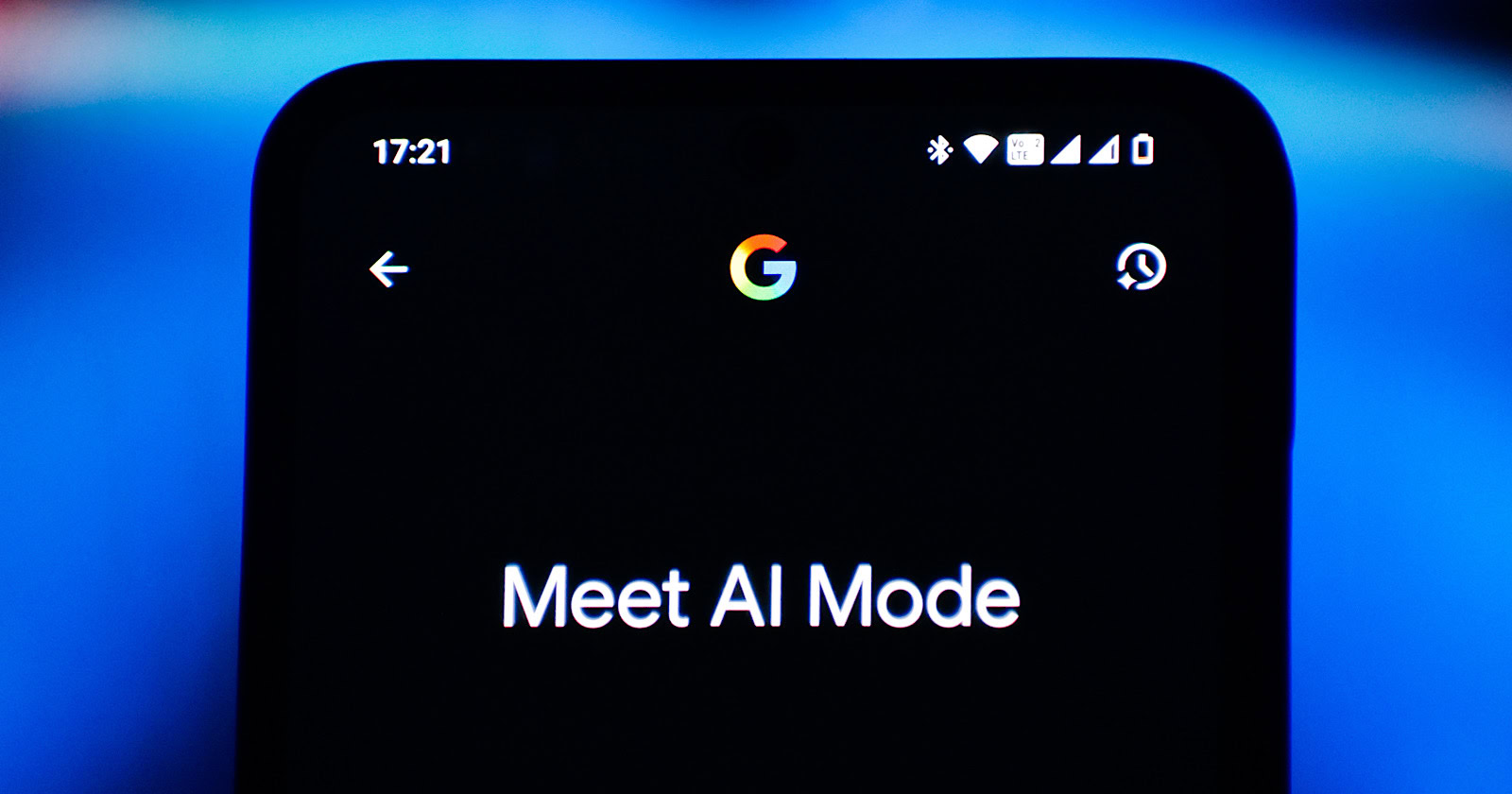Google says it’s actively working to surface more source links inside AI Mode.
Robby Stein, VP of Product for Google Search, outlined changes designed to make links more visible.
Stein wrote on X that Google has been testing where links appear inside AI answers and that the long-term “north star” is to show more inline links.
He added that people are more likely to click when links are embedded with context directly in the response.
Stein stated:
“We’ve been experimenting with how and where to show links in ways that are most helpful to users and sites… our long term north star is to show more inline links.”
1/ Excited about the work the team is doing to create AI experiences in Search that highlight useful links and encourage onward exploration. We’ve been experimenting with how and where to show links in ways that are most helpful to users and sites, and you’ll be seeing some of…
— Robby Stein (@rmstein) August 25, 2025
What’s Changing
Link Carousels On Desktop.
Google has launched carousels that surface multiple source links directly inside AI Mode responses on desktop. Stein said mobile support is coming soon.
The idea is to present links with enough context to help people decide where to go next without hunting below the answer.
2/ We’ve found that people really prefer and are more likely to click links that are embedded within AI Mode responses, when they have more context on what they’re clicking and where they want to dig deeper. We’ve launched embedded link carousels in AI Mode responses on desktop,…
— Robby Stein (@rmstein) August 25, 2025
Smarter Inline Links
Google is rolling out model updates that decide where inline links appear within the response text.
The system is trained to place links at moments when people are most likely to click out to see where information came from or to learn more.
Stein noted you might see fluctuations over the next few weeks as this is deployed, with a longer-term push toward more inline links overall.
3/ We’re also launching some model updates to improve how we show inline links (links that are embedded directly within text) in AI Mode responses. We train the model to understand where and when people are most likely to want to click out, see where info is coming from and learn…
— Robby Stein (@rmstein) August 25, 2025
Web Guide
Separately, Google’s Web Guide experiment uses a custom Gemini model to group useful links by topic.
It launched in Search Labs on the “Web” tab and, for opted-in users, will begin appearing on the main “All” tab when systems determine it could help for a query.
Google introduced Web Guide in July and indicated it would expand beyond the Web tab over time.
4/ We’re also expanding our Web Guide experiment in Labs, which is a new approach to intelligently surfacing and organizing the most useful web links with AI – even for your hardest queries. We’ve gotten some really positive feedback as we’ve tested this on the “Web” tab. So in…
— Robby Stein (@rmstein) August 25, 2025
Related: Google Web Guide: How It’s Reshaping The SERP And What It Means For Your SEO Strategy
Why It Matters
How Google presents links in AI Mode can influence how people reach your site.
Placing carousels within the answer and adjusting inline placements differ from links that appear only below the response. This may change click behavior depending on the query and presentation.
Looking Ahead
Google is trying to strike a balance between innovation and supporting publishers. Expect continued testing around link density, placement, and labeling as Google refines AI mode.
Featured Image: subh_naskar/Shutterstock


